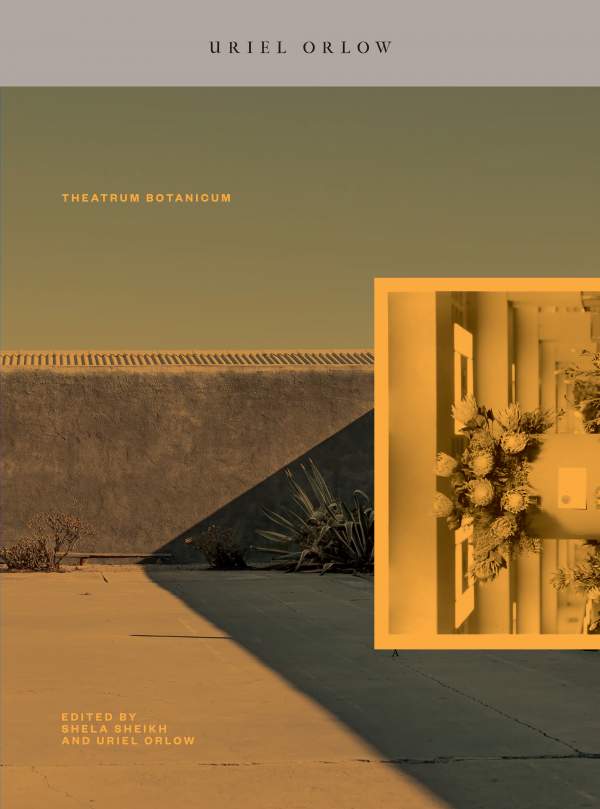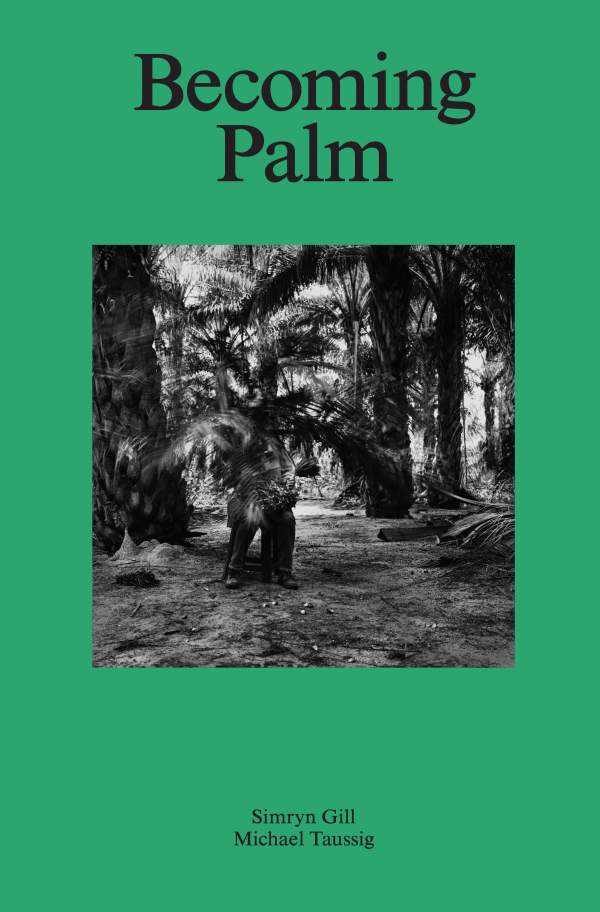Your cart is currently empty.
Cart

Five Heads (Tavan Tolgoi)
Art, Anthropology and Mongol Futurism
Contributions by Baatarzorig Batjargal & Nomin Bold, Lauren Bonilla, Bumochir Dulam, Rebecca Empson, Richard D.G. Irvine, Simon O'Sullivan, Yuri Pattison, Rebekah Plueckhahn, Dolgor Ser Od & Marc Schmitz, Hermione Spriggs, Deborah Tchoudjinoff, Tsendpurev Tsegmid, Uranchimeg Tsultem, Hedwig Waters, Tuguldur Yondonjamts
What does the future look like, or feel like, from the perspective of a yak in the coal-mining district of Khovd? From the perspective a Mongolian root extracted, illegally traded, and sold internationally as a pharmaceutical product? Or from that of the toolkit of an urban shaman securing economic futures for professional women in Ulaanbaatar?
Five Heads (Tavan Tolgoi): Art, Anthropology and Mongol Futurism brings together the work of five anthropologists and five artists/collectives researching and responding to the dramatic rise and fall of Mongolia’s mineral economy. Launched in tandem with the eponymous exhibition at greengrassi and Corvi-Mora in London, the publication features visual documentation of multiple art-anthropology exchange processes, ethnographic texts, and further written contributions that introduce contemporary Mongolia as a dynamic site for conceptual and creative experimentation.
In the essay section of this book, the Green Horse Society tells a history of art and culture newly untethered in post-Soviet Mongolia; an early style of ethnographic art known as “One Day in Mongolia” painting provides a canvas for urgent environmental protest; Mongolian hip-hop and nationalist poetry become ciphers for thinking through deep time; and space is opened up for what Simon O’Sullivan terms the art-anthropology probe head to do its important work.
Faced with questions that transcend geographies and act across various scales, Five Heads mounts an experiment in separation (research detached from author, material detached from method) and growth (through the contact space between disciplines) in order to call into being new subjectivities and imagine possible futures.
Five Heads is part of Emerging Subjects of the New Economy, a project funded by the European Research Council and led by Dr. Rebecca Empson in the Department of Anthropology, University College London.

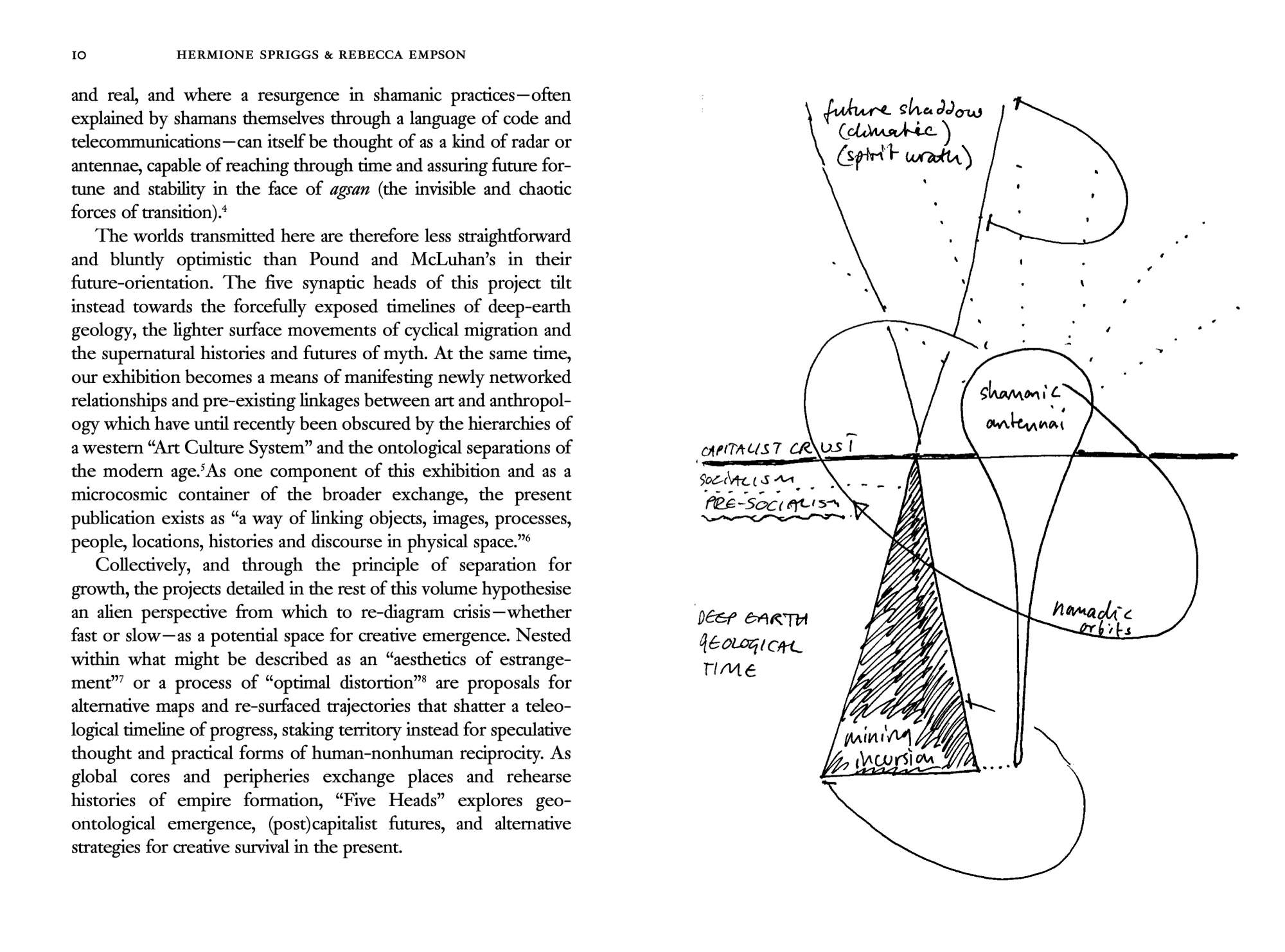
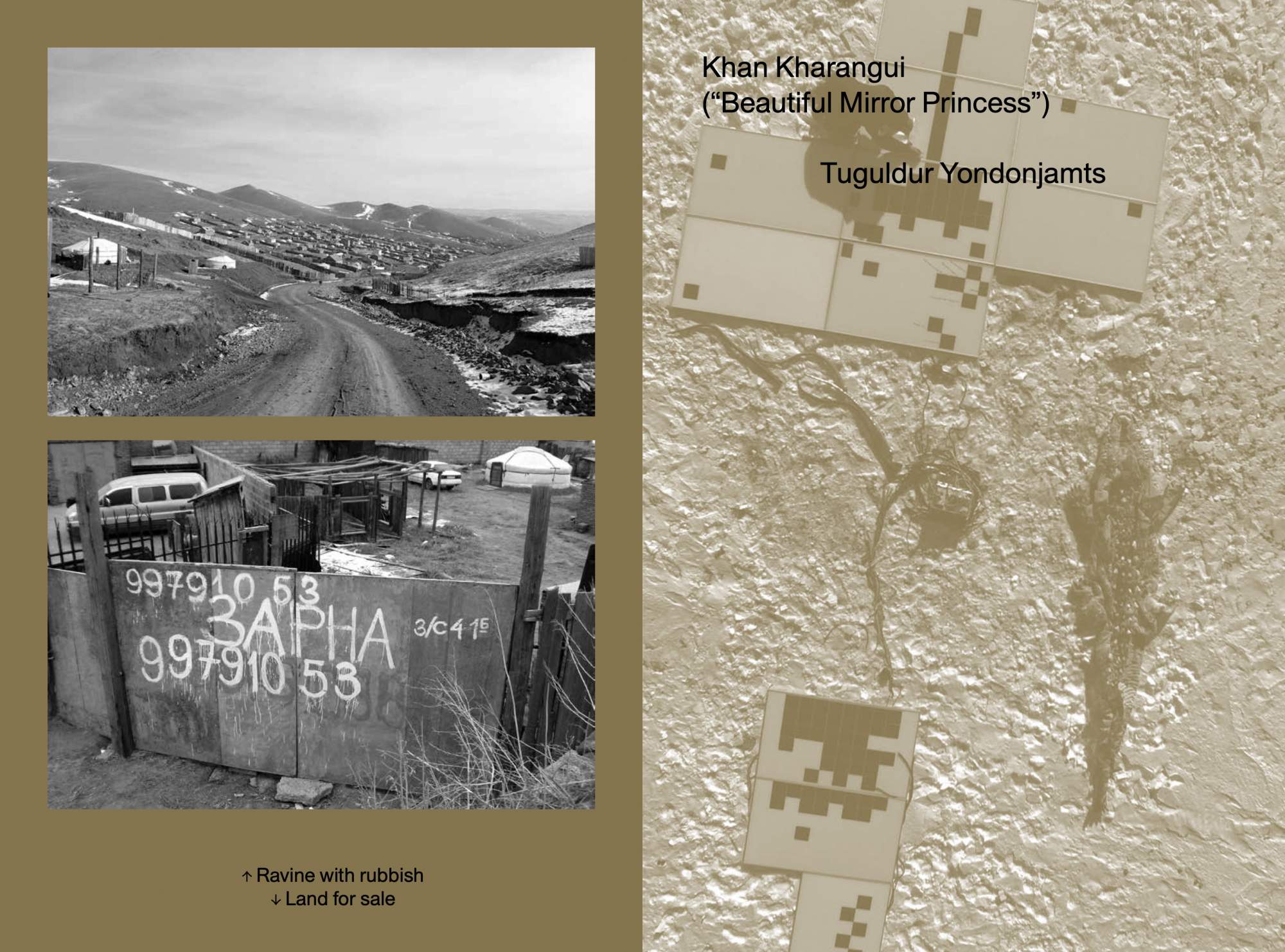



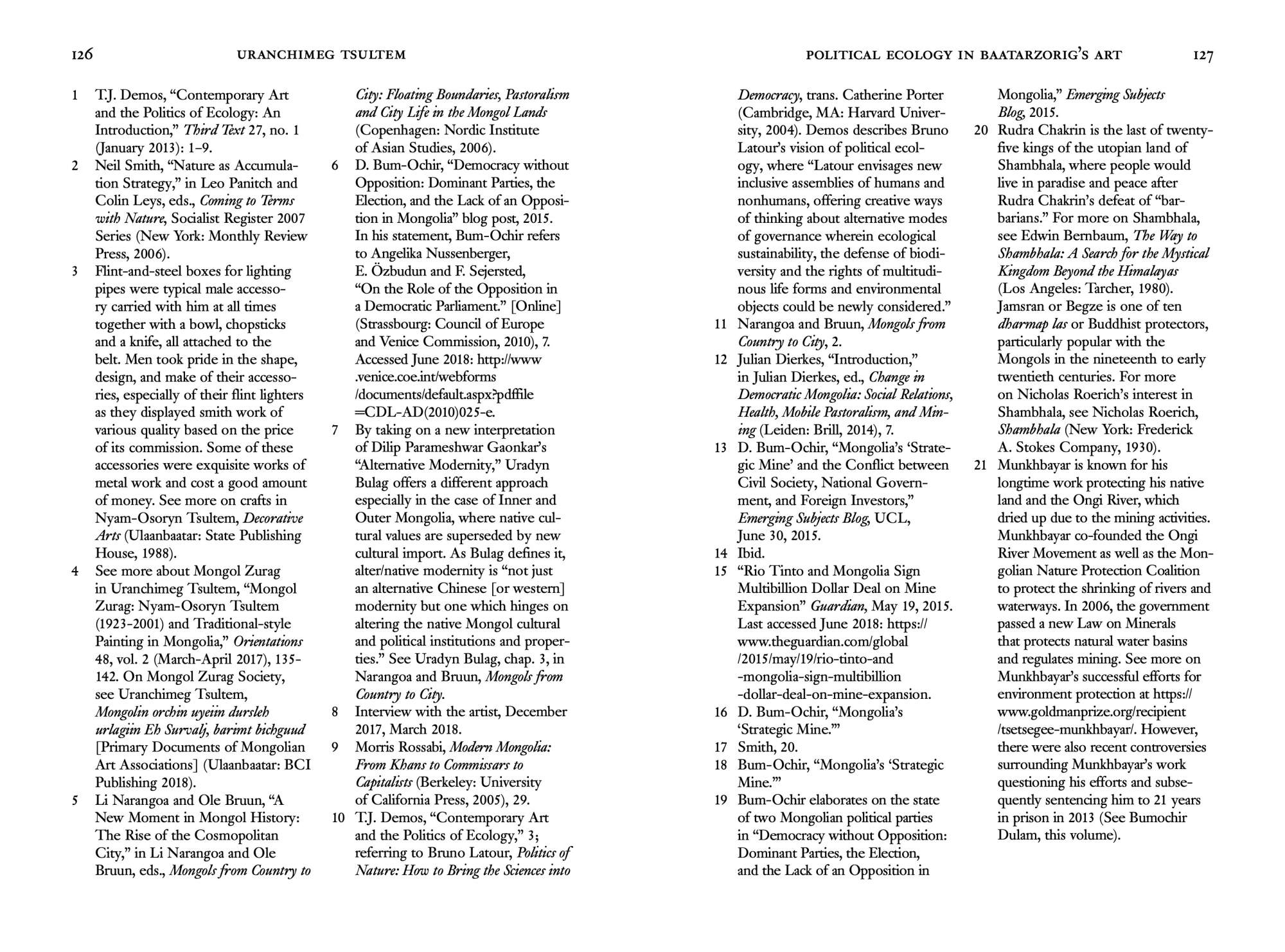

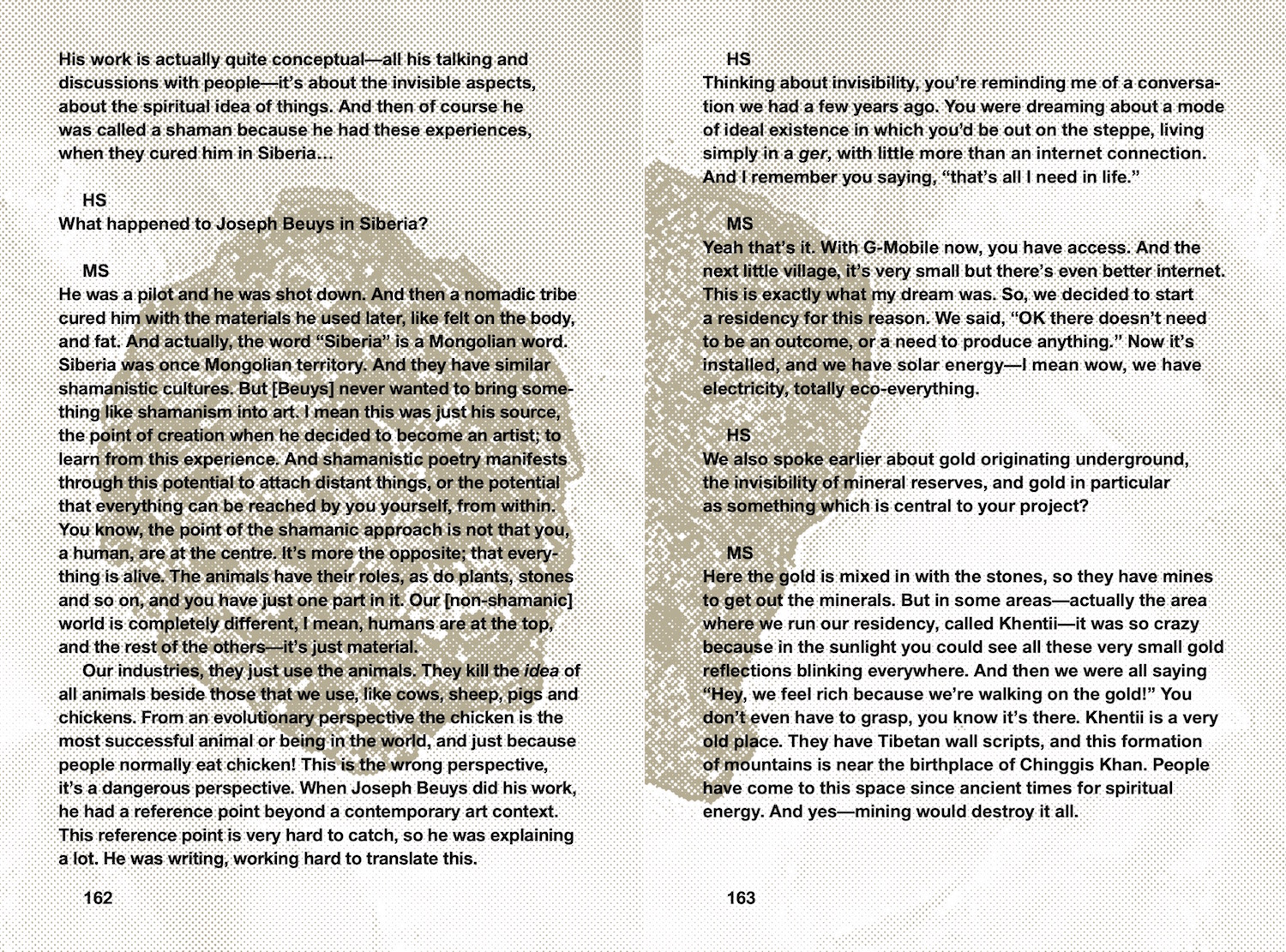
Softcover
€15.00
